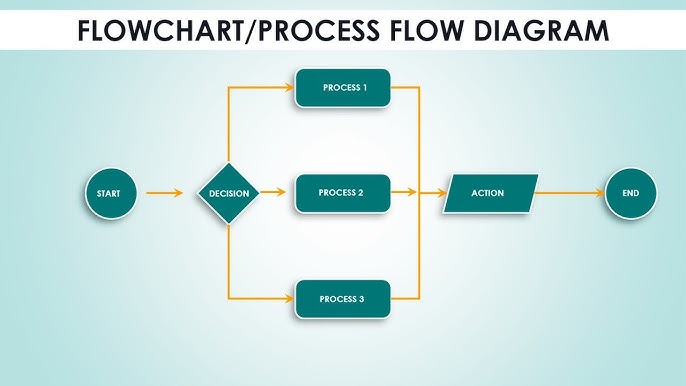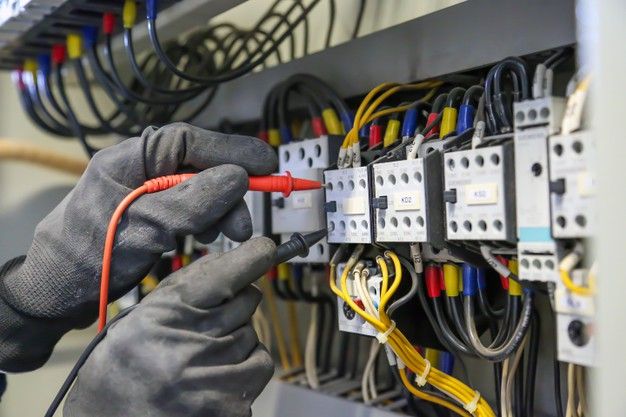Electrical Installation: Your Step-by-Step Guide to Powering Your Space Safely
You’ve just built your dream home, or maybe you’re setting up a new workshop, shop, or office. The walls are up, the paint looks fresh, and the doors are fixed. But there’s one invisible thing missing – the power that brings the entire place to life. Without electrical installation, your lights won’t shine, your machines won’t run, and your sockets will remain silent squares on the wall.
You’ll learn that even if you’ve never held a screwdriver in your life, you’ll understand what it takes to install electricity in a building, why safety matters, and how you can make sure you don’t make costly mistakes.
What is Electrical Installation, Really?
At its core, electrical installation is the process of connecting wires, sockets, switches, and equipment so that electricity flows safely from the main power supply into your building.
Think of electricity as water. The cables are like pipes, the switches are like taps, and the appliances are like cups waiting to be filled. A proper installation ensures that the “water” flows smoothly, safely, and only when you need it.
Without a good installation, electricity can “leak,” causing shocks, fires, or equipment damage. That’s why electrical installation is not just about convenience – it’s about safety, comfort, and peace of mind.
Why Should You Care?
Many people tend to ignore electrical safety until it’s too late. A poorly installed system can lead to:
• Electrical fires (caused by overloaded circuits or poor wiring)
• Electric shocks (which can be fatal in seconds)
• Wasted money (replacing burnt appliances or rewiring later)
So, caring about electrical installation is not optional. It’s your responsibility – whether you’re a homeowner, business owner, or just someone curious about how electricity works.
The Key Components of Electrical Installation
An electrical system in a home or office typically includes:
1. The Power Source – usually from the national grid or a generator/solar system.
2. The Distribution Board (DB) – the “brain” of your electrical system. It divides power into different circuits (for lighting, sockets, heavy appliances).
3. Wiring and Cables – the “veins” that carry electricity throughout your space.
4. Switches and Sockets – your access points for using power.
5. Lighting Fixtures and Appliances – what brings the installation to life.
6. Protective Devices – circuit breakers, fuses, or RCDs (residual current devices) to prevent accidents.
How Electrical Installation Happens
Now, you will learn the process. Picture yourself preparing your home for wiring. Here’s what happens:
1. Planning the System
This is the blueprint stage. An electrician (or you, with guidance) maps out where sockets, switches, lights, and appliances will go. If you skip planning, you’ll end up with sockets in awkward places – like behind a wardrobe!
2. Laying the Cables
Before plastering the walls or laying tiles, electricians install conduits (plastic or metal pipes) that hide and protect wires. Then they pull cables through.
3. Installing the Distribution Board
This is where the main control happens. Each circuit gets its own breaker – for example:
• Circuit A for lighting
• Circuit B for sockets
• Circuit C for heavy machines (fridge, cooker, water pump)
4. Mounting Switches and Sockets
These are carefully installed at the planned positions. Imagine having a socket right where you charge your phone – that’s convenience created during this step.
5. Connecting Fixtures and Appliances
Bulbs, fans, chandeliers, heaters – this is when your building begins to shine.
6. Testing and Inspection

Before you ever flip a switch, a qualified electrician tests the system. They check for leaks, faults, or poor connections. Safety comes first.
Common Mistakes People Make (And How to Avoid Them)
1. DIY Without Knowledge – Electricity is not like painting. If you don’t know what you’re doing, you risk your life. Always hire a certified electrician.
2. Cheap Materials – Low-quality cables and sockets may save you money today, but they’ll burn tomorrow. Invest once, sleep peacefully.
3. Ignoring Load Requirements – Every home has different needs. Plugging a heavy cooker into a small socket is like forcing a lorry through a narrow street – it will jam.
4. No Earthing – This is the number one safety measure. Without earthing, a power surge can fry your appliances or even electrocute you.
Types of Electrical Installation
You may not realize it, but electrical installations differ depending on where they are used.
• Residential Installations – Houses, apartments, and rental units. Focus on comfort, safety, and aesthetics.
• Commercial Installations – Shops, offices, hotels. Require more sockets, lighting, and often three-phase power.
• Industrial Installations – Factories, workshops, mining sites. Heavy machinery needs extra-strong systems.
• Renewable Energy Installations – Solar systems or hybrid setups that combine grid and renewable power.

Golden Rules of Electrical Installation
You should know that electricity does not forgive mistakes. Whether you’re the one installing or the one using it, follow these golden rules:
• Always switch off power before repairs.
• Use certified electricians only.
• Never overload sockets.
• Replace worn-out cables immediately.
• Teach children not to play with switches or wires.
• Install circuit breakers and test them regularly.
Why Hire a Professional?
You might be thinking, “Can’t I just do this myself with a YouTube tutorial?” My answer: You can try. But here’s the thing – professionals bring something videos can’t: experience.
They know how to calculate loads, choose the right wire sizes, follow national electrical codes, and prevent problems before they happen. That’s the difference between a safe system and a risky guesswork setup.
The Future of Electrical Installations
Did you know that modern electrical systems are becoming “smart”? Imagine controlling your lights from your phone, monitoring energy use, or setting timers for appliances. That’s where installations are heading – towards efficiency, convenience, and sustainability.
If you’re building today, think ahead. Leave space for upgrades like solar panels, smart meters, or electric car charging points.
In nutshell, don’t gamble with your life or your investment. Plan wisely, use quality materials, and always trust professionals.
If you’re setting up a new home, office, or workshop, take action now:
• Hire a certified electrician to inspect or plan your system.
• Check your existing wiring – especially if it’s more than 10 years old.
• Invest in safety devices like circuit breakers and surge protectors.
Remember, your life and property are worth more than saving a few coins on cheap installations. Take that step today – and give power to your space, safely and smartly.





